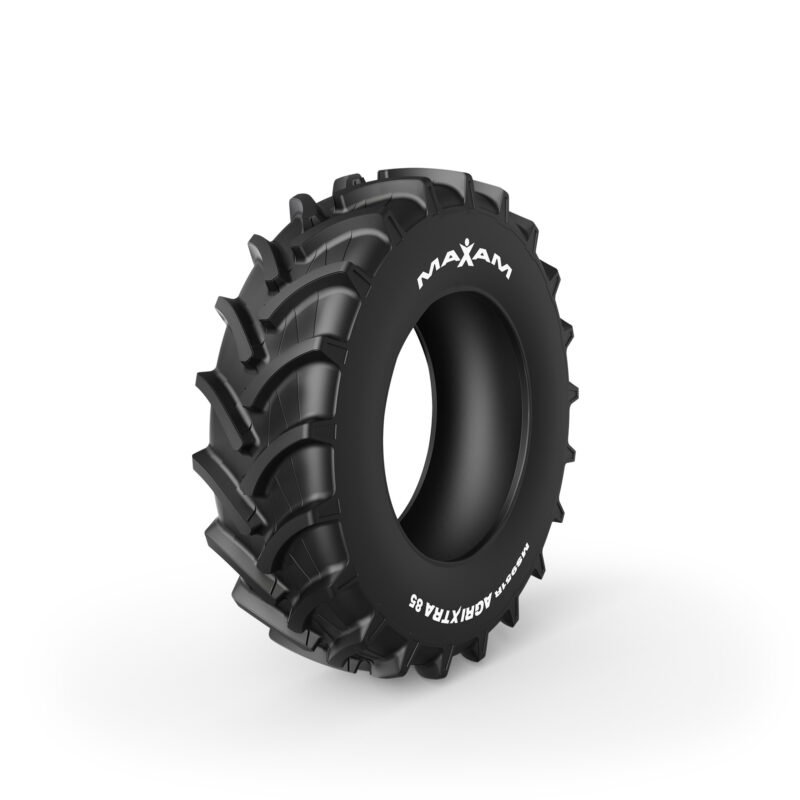As the Ag industry adopted mechanical front wheel assist tractors (MFWD / MFWA), tire requirements had to change in design, materials, functionality and performance.
Agricultural practices around the world differ based on crops, soil conditions, moisture, and other environmental conditions. To meet these demands, OEMs offer their machinery with various tires depending on the application.
Understanding the Rolling Circumference Index (RCI)
The RCI (Rolling Circumference Index) is the distance a tire travels in one revolution.
Powered front axle or MFWD tractors provide more power to pull implements in the field. The smaller front tires must roll faster to maintain the same ratio as the larger rear tires travel as they roll. In other words, the front tires will turn more times as the tractor moves, compared to the large rear tire.
The Importance of Tire Slippage
MFWD tractors must maintain a balance between the pull of the front tires, and the push from the rear tires. Known as the gear ratio, this helps us measure tire slip.
As a rule, the “ideal” ratio ranges from 1.2 to 1.5. For the front tires to pulling enough with the right “slip,” the proper tire slip needs to be between 1% to 5% = “positive slip.”
If you have too much positive slip (above 5%), the tires pull/work harder, increasing fuel consumption and decreasing efficiency. If you have a “negative” slip result, the front tires will experience a braking effect that creates a loss of pulling and steering power.
How to Use RCI and the Gear Ratio
Each OEM publishes their recommended gear ratio for each model MFWD or MFWA tractor they manufacture. Tire manufacturers should provide their tires’ rolling circumference (RC) or the RC Index (RCI) values in their published product data to allow growers to calculate the right size tire using the following:
(Front Tire RC x Tractor OEM Model Gear Ratio) / Rear Tire RC) – 1) 100 = Slip %
Often, tire manufacturers publish both the rolling circumference and RCI value to assist farmers and growers.
At times, farmers and growers may consider changing tires width to improve their traction, flotation, or pulling capability. Below is the MAXAM example of tires having similar diameters but different widths within the same RC or RCI. Farmers and growers can determine what is the best tire size suited to meet their field or crop production needs.
Using the above equation and the RCI data, as well as the OEM tractor gear ratio, any farmer or grower can quickly determine if their equipment will allow switching or evolving to larger tires without compromising their required gear ratio slip rate percentage.
The MAXAM Ag tire catalog provides our tires’ RC, RCI and diameter specifications, and is available, free for download.










